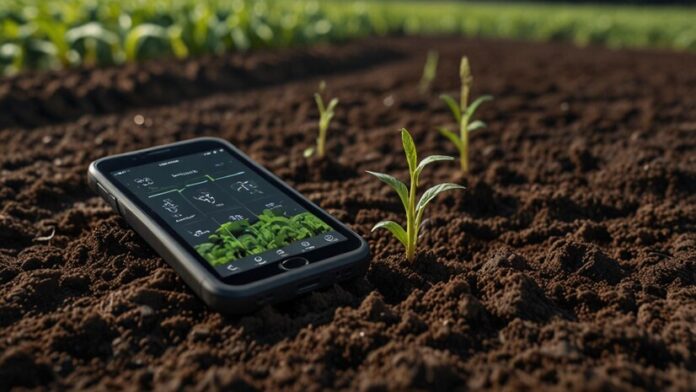In today’s world, where the demand for food is growing faster than ever, farmers are facing the challenge of increasing crop yields while being mindful of environmental sustainability. One of the most exciting advancements helping them meet this challenge is the innovation in fertilizer application technologies. These cutting-edge tools are changing the game, making fertilizer use more efficient, eco-friendly, and tailored to the specific needs of crops and soil.
Precision Agriculture: Farming with Accuracy
One of the key trends in modern farming is precision agriculture, a method that uses advanced technologies to apply fertilizers with pinpoint accuracy. Imagine a tractor equipped with GPS that can precisely distribute nutrients only where they’re needed. Or drones flying over fields, gathering data on crop health and soil conditions, helping farmers make informed decisions about fertilizer application. This approach not only improves the health and yield of crops but also cuts down on waste. With fertilizers being applied only to areas where they’re required, there’s less runoff into nearby water sources, reducing the environmental footprint.
Variable Rate Technology: Smarter Application
Another breakthrough is Variable Rate Technology (VRT). This technology adjusts the amount of fertilizer applied based on soil data and crop conditions. Different parts of a field may have different nutrient needs, and VRT allows farmers to customize the application for each area. No more blanket applications; instead, every part of the field gets exactly what it needs. This precision means healthier crops, better yields, and less wasted fertilizer, all while reducing costs.
Smart and Controlled-Release Fertilizers
There’s also a lot of buzz around smart fertilizers—fertilizers that are designed to release nutrients based on the real-time needs of the plant. Coupled with controlled-release fertilizers, which gradually release nutrients over time, farmers can ensure that their crops get a steady supply of nutrients throughout their growth cycles. This minimizes the need for multiple applications and reduces nutrient loss to the environment.
Balancing Productivity and Sustainability
These advancements in fertilizer application technologies are not just about helping farmers grow more food; they’re also about growing food more responsibly. By reducing fertilizer waste and lowering the impact on the environment, these technologies strike a balance between boosting productivity and protecting the planet. For farmers, it’s a win-win—lower input costs, healthier crops, and a greener future.
As the world faces the dual challenges of feeding a growing population and managing environmental impact, fertilizer application technologies are paving the way for a more sustainable future in agriculture. The future of farming is here, and it’s smarter and greener than ever before.




